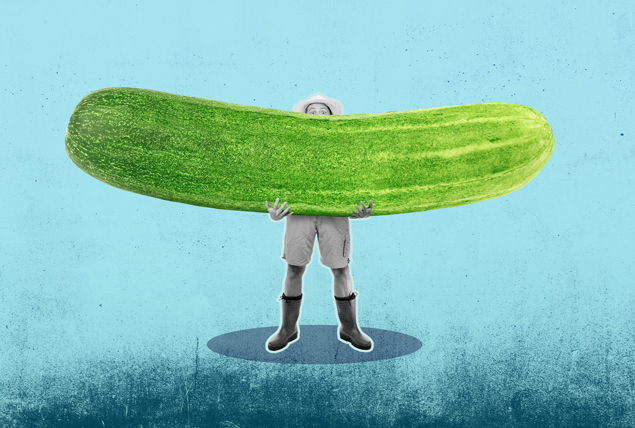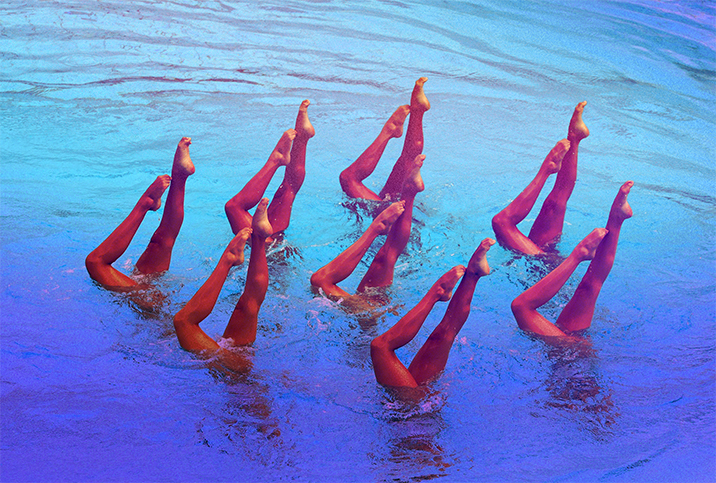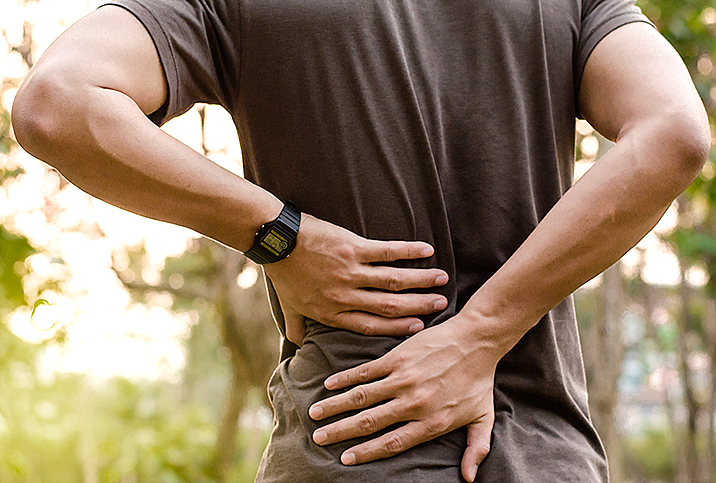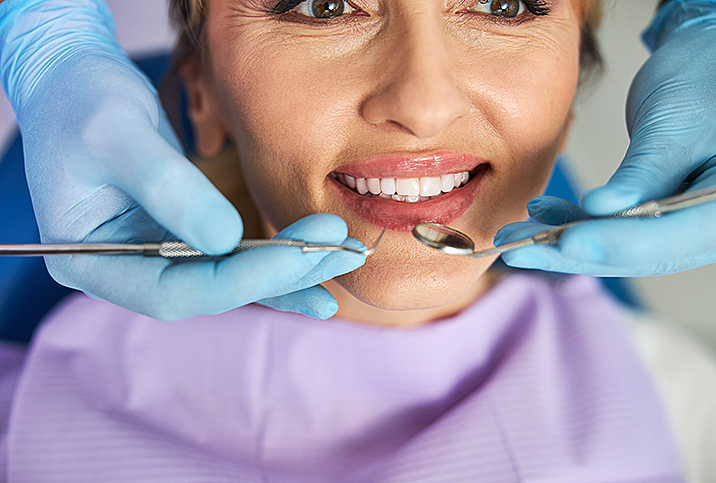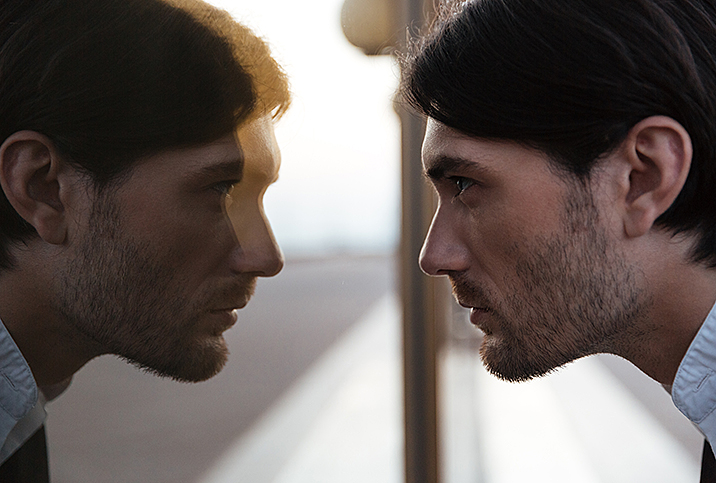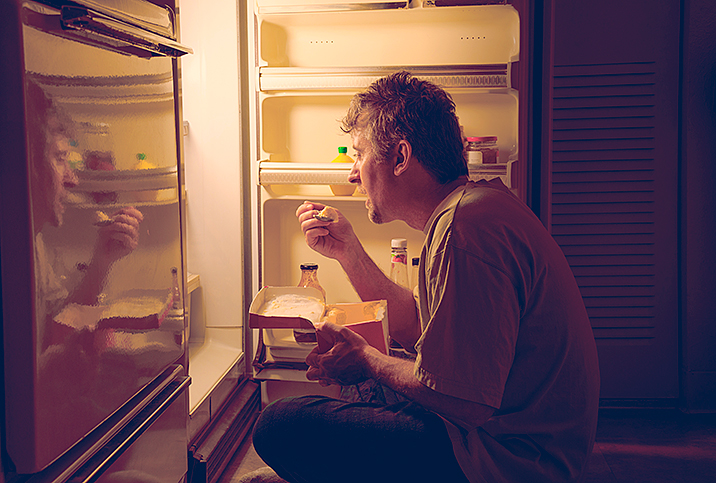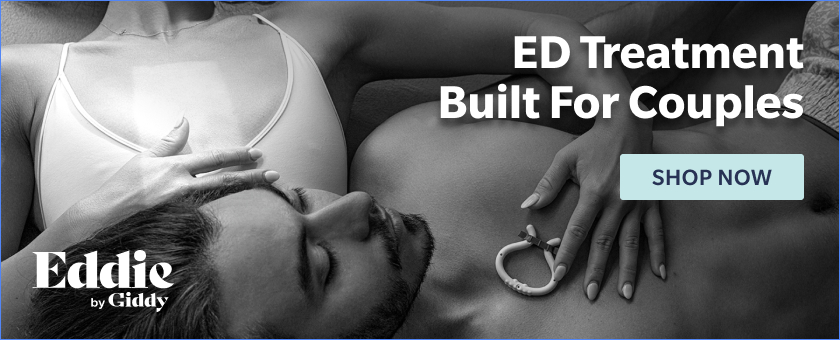'What I Eat in a Day' Videos May Fuel Harmful Food Comparisons

Key Points
- "What I eat in a day" videos have been viewed nearly 2 billion times on TikTok and more than 1 million times on Instagram.
- These videos are potentially dangerous, as they can push unhealthy eating habits and body comparisons on viewers.
- It's important to recognize what your own body needs to be healthy and not follow what anyone else does—especially social media influencers.
'What I eat in a day' (WIEIAD) videos offer a compressed glimpse into someone's alleged full day of meals. Whether you look to this viral trend for inspiration or comparison, it could create body image issues and lead to disordered eating.
What is this trend and why is it potentially harmful?
What is the 'What I eat in a day' trend?
These clips are a trend on TikTok and Instagram and usually show a picture of someone's body before their meals. As of the publication of this story, the "What I eat in a day" TikTok hashtag has racked up 1.8 billion views and 1 million posts on Instagram since September 2023. That's less than one month.
Experts worry that WIEIAD fuels unhealthy food comparisons and could increase the risk of disordered eating. Image-related content on social media can lead to higher dissatisfaction with body image and restrictive behaviors, a 2019 review of 30 studies suggested.
Are 'What I eat in a day' videos real?
Like almost anything on social media, most reels are edited. There's a hyper-awareness around selecting foods someone wants to showcase. WIEIAD clips might not show everything someone consumes, causing viewers to compare their intake to a false representation.
What someone consumes on the days they choose not to document is likely different.
Do the 'What I eat in a day' videos have any benefits?
While watching reels of people's meals can introduce you to new foods, recipes and potential inspiration, experts point to some adverse impacts of gleaning nutritional advice from non-dietitians.
Most of the time, the clips are useless, according to Michelle Yates, R.D., L.M.N.T., a registered dietitian who specializes in eating disorders and the founder of Yates Nutrition in Omaha, Nebraska. She poses the question: What are you supposed to do when that day is over?
Recommended
- Eating Disorders: Myths & Misconceptions: Think you know it all about eating disorders? Don't be so sure.
- The Effects of Eating Disorders on the Heart: Untreated eating disorders can lead to serious health problems, including heart complications.
- The Meteoric Rise of Eating Disorders During the Pandemic: Two-plus years of isolation and fear create the perfect storm for an eating disorder relapse.
Why are the 'What I eat in a day' videos potentially harmful?
How can watching a video highlighting someone's food choices be bad for you? There are several reasons why these types of social media postings can affect you in unexpected ways.
They're curated content
These clips are not showcasing the reality of a person's food intake, Yates said.
"All it does is make others feel bad about themselves for not having the same diet, the same body or simply not being able to eat the same foods as someone else because they don't have access to them or the ability to afford the same foods," Yates said.
They push body comparison
"WIEIAD pushes a subliminal message that if you eat just like the creator of the video, you will look like them," Yates said.
Because the clips usually start with a body shot of the content creator, it's essentially saying, "Here's what I look like, and here's what I eat in a day. I'm showing you so that you can look like me, too," according to Yates.
It's impossible to replicate someone's body shape based on eating the same thing.
They misrepresent intuitive eating
People may compare food intake rather than eat intuitively or use their own hunger signals and cravings as cues for what to eat. Some videos even market intuitive eating with disclaimers like "intuitive and nonrestrictive."
However, this misunderstanding of intuitive eating can cause harm, especially for those watching.
"This isn't helpful and disconnects us from listening to what our body really wants and needs from us," Yates said.
They promote diet culture
Even if the creator is fueling their body appropriately, that doesn't mean that diet will be best for whoever is watching it. The viewer may want to change their eating habits in the hopes that it would change their body as well, Yates said.
"This is not creating a sense of safety in one's body but continuing to fuel body image distress and discontentment," she added.
Sometimes, clips normalize the villainization of food groups, such as dairy, carbohydrates, meat or sugar, and aggrandize others, such as vegetables or protein. This can lead to restrictive eating and a skewed perception of health.
The reinforcement of foods as either "good" or "bad" might lead to a disordered relationship with food or the body, according to Maryam Jernigan-Noesi, Ph.D., a licensed psychologist and the CEO and founder of Jernigan & Associates Psychological and Educational Consulting in Atlanta.
These social media clips can induce feelings of guilt, shame and inadequacy in viewers, Jernigan-Noesi said.
They promote under-eating
Sometimes, the people who make WIEIAD clips have eating disorders. As such, they can pass on eating-disordered behavior through messaging, such as sharing the total amount of calories in each food consumed, Yates said.
Because of the comparisons these videos elicit, according to Lily Thrope, L.C.S.W., a certified intuitive eating counselor and founder of Thrope Therapy in New York City, viewers might find themselves asking, "Do I eat as much as her in a day?" or "Do I need to eat less in a day?"
WIEIAD videos often come from fitness influencers who typically emphasize "clean eating," which can signify orthorexia, an eating disorder marked by a preoccupation with nutritional ingredients, healthy eating and the elimination of certain food groups.
How do I know if I'm adversely affected by #WIEIAD?
Comparing your food intake to WIEIAD videos, changing your eating because of them or feeling negative emotions after watching them might be clues that watching these clips is not the best choice for you.
Disordered eating vs. eating disorder
Disordered eating is when someone engages in abnormal eating patterns or behaviors, such as an extreme diet. Not all people with disordered eating have an eating disorder, but everyone with an eating disorder has disordered eating.
Disordered eating may turn into an eating disorder over time.
Is there a 'how to tell if you have an eating disorder' test?
You can help identify if you might have an eating disorder by using a screening tool from the National Eating Disorder Association. If you suspect you have an issue, seek help. If you are struggling with an eating disorder or disordered eating, it might be helpful to seek counseling.
For immediate support, find an eating disorder hotline.
How many times are you supposed to eat a day?
The framework of intuitive eating— that means using your own signals for hunger, thirst and fullness—encourages you to turn to your body to inform you when you're hungry rather than any set number.
Every person has different nutritional needs, Thrope said.
"The best way to learn more about your personal relationship with food is to work with a trained dietitian, not to look towards TikTok as an authority," she said.
These clips don't account for the fact that food is personal and cultural.
"You have your own likes, dislikes, needs and access to food. You should never feel bad for eating what you want or can," Yates said.
How can I maintain a healthy mindset online?
To safely watch WIEIAD clips, you need to have a critical mindset and acknowledge that reels are not always real.
"If individuals choose to watch these clips, it's crucial to remember that social media often portrays a curated and edited version of reality," Jernigan-Noesi said.
The bottom line
Some people may turn to WIEIAD clips for food inspiration, but these videos can have adverse consequences. Negative side effects include an increased risk of disordered eating and eating disorders, the promotion of diet culture and comparisons that lead to negative body image.
"Food is not only fuel. It is also connection, fun, joy and love. Food does not have to be perfect; and in fact, there is no perfect way to eat," Thrope said. "Please take everything you see on social media with a grain of salt and look for the truth inside yourself."







